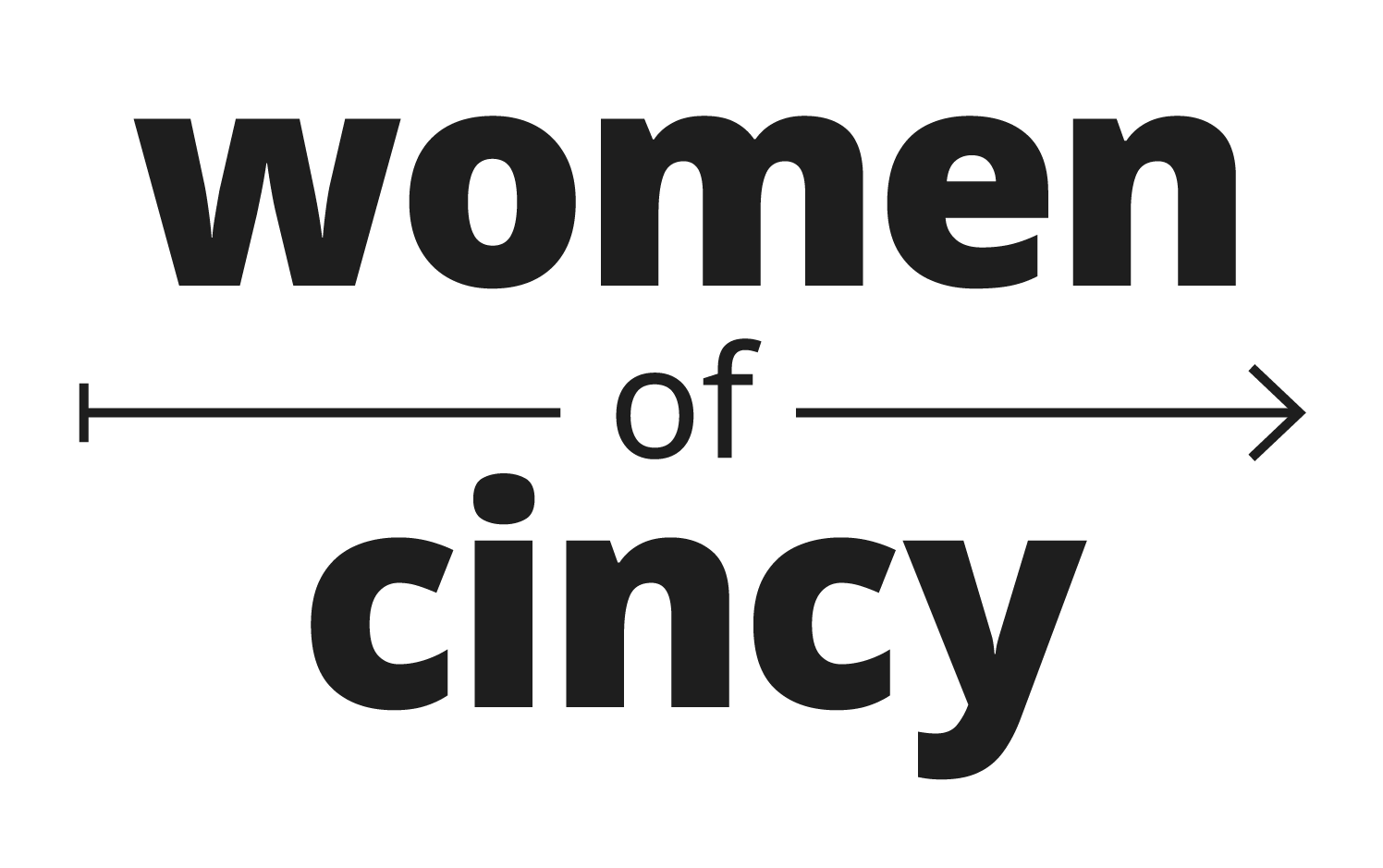A Charmed Life: Celebrating Your Inner Witch
When I was young, my most notable attribute was my wild imagination. Like many other little girls, I spent a lot of time running amok and playing make-believe. My sisters and I dressed up in lavish costumes compiled of knick-knacks and pretended to have magical powers. All children have a bit of magic in them.
So who says adults don’t?
Whether or not you believe in spells or astrology or potions, it’s nice to have a touch of magic in your life. Recently, more and more women have been rediscovering and reclaiming “witchcraft” and channeling it into new forms. The modern witch’s influence can be found in everything from holistic living and mindfulness to aesthetics to social movements.
Some Background: What’s a Witch Anyway?
First things first, what exactly is a “witch?”
As you might expect, the answer is not so simple because the word has more to do with concept than specifics. Think of the word “nerd.” It has a meaning (a foolish or contemptible person who lacks social skills or is boringly studious), but it has also been spun into a broader, more empowered, more endearing brand over time. My little sister is an engineering student at Cornell who talks to me about polymer membranes with great enthusiasm, and I call her a nerd to express love for her character and respect for her brains. (Hey, Becky, if you are reading this, you are a huge nerd.)
So, with that in mind, let’s talk about “witch.”
The term “witch” originates from the Old-English word “wicce.” While it can safely be said that “wicce” and its male counterpart “wicca” were used to describe magical individuals, their nature and the etymology behind them is blurry. Just take a look at Anatoly Liberman’s “The Oxford Etymologist goes Trick-or-Treating” and you’ll see what I mean.
However, the consensus seems to be that deep in the origins of ancient language the initial seed for the word “witch” meant “wise.” This makes sense. Divination, fortune-telling, and spiritual insight are all associated with witchcraft.
There’s much more to witch culture though. Here are two key concepts of witchcraft.
Nature/connection to the earth: Above all else, witchcraft is characterized by a spiritual connection to nature. Think moon cycles, herbs, and animal familiars. Across cultures and time, most witches have this in common.
Celebration of feminine power: Whether as a grandmother healer or an activist femme fatale, a witch finds power in female energy.
Local Resources for Your Witchy Side
If you ever feel the urge to indulge your inner enchantress, there are a number of things around town to keep an eye on.
Earlier this month, Ladyfest brought together a diverse collection of female artists and activists for workshops, performances, and a celebration of female mystical power. If you weren’t able to attend, check out their website and Facebook page to learn about upcoming events and ways to get involved.
Lydia’s is a nice spot for a witch to unwind. The café/apothecary offers organic food and medicinal brews as well as tarot reading with Lydia herself.
If you are interested in channeling your energy towards activism, W.I.T.C.H. is an avant-garde, left-leaning, self-described “coven of intersectional feminists” focusing on building a community for social advocacy.
Happy Halloween! Tag us in your coolest witch costumes.

